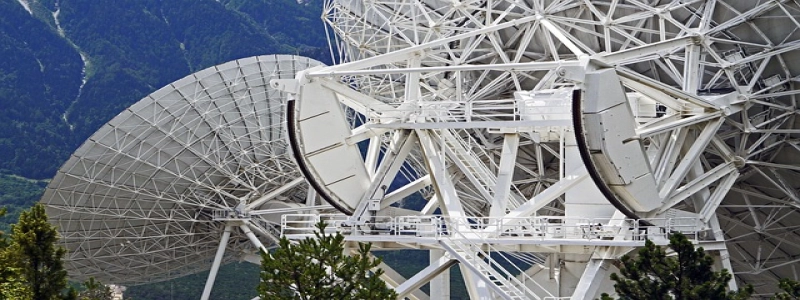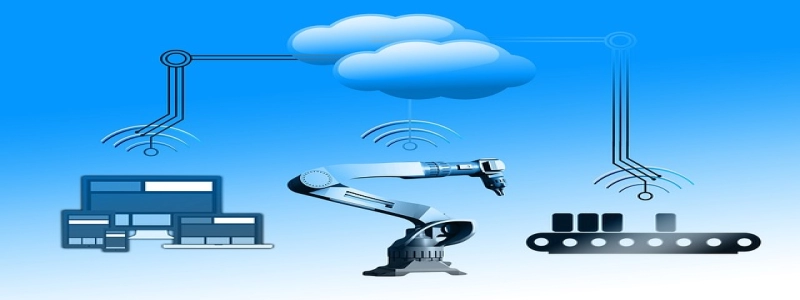10 Gigabit Ethernet
1. Introduction
1.1 Definition of 10 Gigabit Ethernet
1.2 History of 10 Gigabit Ethernet
2. Key Features
2.1 Speed and Bandwidth
2.2 Compatibility
2.3 Cost-effectiveness
2.4 Scalability
3. Advantages
3.1 Increased Data Transfer Speeds
3.2 Enhanced Network Performance
3.3 Support for Multiple Applications
4. Applications
4.1 Data Centers
4.2 High-Performance Computing
4.3 Telecommunications
4.4 Broadcasting
5. Challenges
5.1 Equipment Costs
5.2 Infrastructure Upgrades
5.3 Power Consumption
6. Future Developments
6.1 40 Gigabit Ethernet
6.2 100 Gigabit Ethernet
7. Conclusion
1. Introduction
1.1 Definition of 10 Gigabit Ethernet
10 Gigabit Ethernet (10GE) is a high-speed Ethernet protocol that provides data transfer rates of 10 gigabits per second (Gbps). It operates at the Physical layer of the OSI model and is commonly used in data center environments and high-performance computing.
1.2 History of 10 Gigabit Ethernet
10 Gigabit Ethernet was first introduced in 2002 as an alternative to slower Ethernet speeds. It was initially used in enterprise-level networks, but over time, advancements in technology have made it more accessible for a wide range of applications.
2. Key Features
2.1 Speed and Bandwidth
The main feature of 10 Gigabit Ethernet is its high speed and bandwidth capabilities. With a data transfer rate of 10 Gbps, it is significantly faster than traditional Ethernet options.
2.2 Compatibility
10 Gigabit Ethernet is backward compatible with lower Ethernet speeds, allowing for easy integration into existing networks. This makes it a cost-effective option for network upgrades.
2.3 Cost-effectiveness
While initially expensive, the cost of 10 Gigabit Ethernet has significantly decreased over the years, making it more affordable for organizations. It provides a cost-effective solution for high-speed networking requirements.
2.4 Scalability
10 Gigabit Ethernet is highly scalable, allowing for future growth and expansion of network infrastructure. It can support large volumes of data traffic and is ideal for applications that require high bandwidth capabilities.
3. Advantages
3.1 Increased Data Transfer Speeds
With a data transfer rate of 10 Gbps, 10 Gigabit Ethernet provides significantly faster speeds compared to traditional Ethernet options. This allows for faster and more efficient data transfers, reducing network congestion and improving overall network performance.
3.2 Enhanced Network Performance
10 Gigabit Ethernet improves network performance by reducing latency and increasing throughput. It allows for the simultaneous transmission of large volumes of data, ensuring smooth and reliable network operations.
3.3 Support for Multiple Applications
10 Gigabit Ethernet is capable of supporting a wide range of applications, including data-intensive operations, video streaming, teleconferencing, and cloud computing. Its high bandwidth capabilities make it suitable for demanding network requirements.
4. Applications
4.1 Data Centers
10 Gigabit Ethernet is widely used in data centers to handle the increasing demand for high-speed data processing and storage. It allows for seamless communication between servers, switches, and storage devices, ensuring efficient data management.
4.2 High-Performance Computing
10 Gigabit Ethernet is crucial in high-performance computing environments where large volumes of data need to be processed simultaneously. It enables high-speed data transfers between computational nodes, improving the performance of complex calculations and simulations.
4.3 Telecommunications
Telecommunications companies use 10 Gigabit Ethernet to support the high data throughput required for voice, video, and data services. It ensures reliable and efficient communication within the network, enabling seamless connectivity for end users.
4.4 Broadcasting
The broadcasting industry relies on 10 Gigabit Ethernet for high-quality video and audio transmission. It allows for the real-time streaming of high-definition content, delivering a superior viewing experience to audiences.
5. Challenges
5.1 Equipment Costs
The initial cost of implementing 10 Gigabit Ethernet infrastructure can be high. However, as the technology advances and becomes more widespread, the cost of equipment is expected to decrease.
5.2 Infrastructure Upgrades
Upgrading existing network infrastructure to support 10 Gigabit Ethernet can be challenging. It may require investments in new switches, routers, and cabling infrastructure to ensure optimal performance.
5.3 Power Consumption
10 Gigabit Ethernet requires more power compared to lower Ethernet speeds. This can pose challenges in terms of power management and infrastructure capacity, especially in large-scale deployments.
6. Future Developments
6.1 40 Gigabit Ethernet
As the demand for higher network speeds continues to grow, the industry is exploring the development of 40 Gigabit Ethernet. This technology would offer even faster data transfer rates and increased network capacity.
6.2 100 Gigabit Ethernet
100 Gigabit Ethernet is another future development that aims to provide unprecedented data transfer speeds. It is expected to play a crucial role in supporting advanced applications such as virtual reality, artificial intelligence, and the Internet of Things.
7. Conclusion
10 Gigabit Ethernet has revolutionized network infrastructure by providing high-speed data transfers and improved network performance. Its versatility and scalability make it an ideal choice for various applications in data centers, telecommunications, and broadcasting. While challenges like equipment costs and infrastructure upgrades remain, the future developments of 40 and 100 Gigabit Ethernet promise even faster and more efficient networking solutions.







